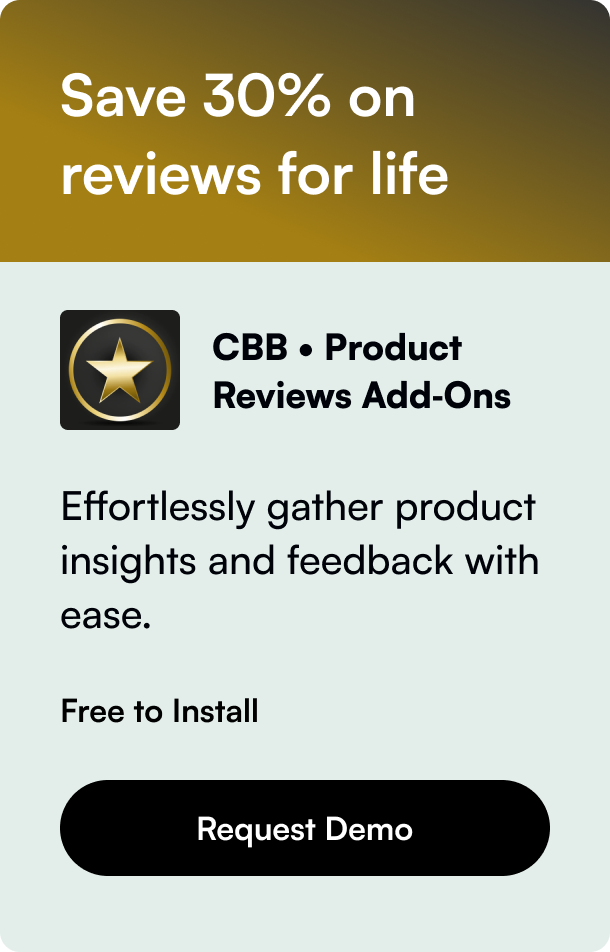Table of Contents
- Introduction
- Overcoming AI Adoption Hurdles
- Strategy: Business Objectives, Goals, and Problems
- Data: The Lifeblood of AI
- LLMs: Harnessing the Power of Language
- Workflows: Integrating AI Seamlessly
- The Big Tech AI Push
- AI-First vs. AI-Enabled: Making the Choice
- Conclusion
- FAQ
Introduction
Imagine a scenario where your organization could enhance efficiency, drive growth, and reduce costs through meticulous AI integration. While this might seem like a futuristic vision, the reality is closer than you might think. However, most enterprises are still grappling with how to effectively deploy AI due to a lack of clear direction, policies, talent, and a well-structured strategy.
In this blog post, we'll explore how to build a strong AI roadmap tailored to your organization's unique needs and goals. We'll delve into the four essential pillars that form the backbone of an effective AI strategy: defining clear business objectives, ensuring high-quality data, intelligently utilizing Large Language Models (LLMs), and integrating AI into your workflows seamlessly. By the end of this article, you'll have a comprehensive guide to transforming your enterprise into an AI-driven powerhouse.
Overcoming AI Adoption Hurdles
The journey towards AI adoption is fraught with challenges. According to the Cisco AI Readiness Index, a significant 76% of respondents indicated that their organizations lack comprehensive AI policies. This statistic underscores the widespread hesitation and a general "fear of the unknown" that plagues many enterprises.
Adopting AI isn't just about implementing new technology; it's about fostering a culture that embraces change, investing in the right talent and expertise, and developing strategies that align with long-term business objectives. To overcome these hurdles, organizations must first evaluate their readiness for AI and then focus on the key elements that will drive successful AI integration.
Strategy: Business Objectives, Goals, and Problems
The cornerstone of a robust AI roadmap is a well-defined strategy. This begins with a clear articulation of business objectives and goals. Identifying specific areas where AI can add tangible value ensures that your AI initiatives are aligned with your overall business strategy.
To get started, consider the following steps:
- Identify Key Friction Points: Look for areas in your business operations where inefficiencies exist or where improvements can significantly impact performance.
- Align With Business Goals: Ensure that the identified areas align with your broader business strategy and objectives.
- Define Scope and Teams: Clearly define the scope of your AI projects, the necessary teams, and the required skills and technological infrastructure.
- Pilot and Scale: Start with pilot projects to test the waters before scaling successful AI applications across the organization.
By defining a clear strategy, organizations can move past initial apprehensions and take calculated steps towards meaningful AI integration.
Data: The Lifeblood of AI
High-quality data is the bedrock upon which successful AI strategies are built. Without clean, accurate, and relevant data, AI initiatives are doomed to fail. Therefore, organizations must prioritize establishing a comprehensive data strategy that addresses the following aspects:
- Data Collection: Ensure robust mechanisms are in place to collect data effectively from various sources.
- Data Centralization: Centralize data to avoid silos and ensure seamless access.
- Data Governance: Implement strong data governance policies to maintain data quality and integrity.
- Data Infrastructure: Invest in scalable data infrastructure that can handle large volumes of data efficiently.
- Data Maps: Create detailed data maps that outline data sources, flows, and dependencies.
By laying a strong data foundation, enterprises can mitigate risks such as data hallucination and ensure that their AI models are trained on the most relevant and accurate data available.
LLMs: Harnessing the Power of Language
Large Language Models (LLMs) have become instrumental in advancing natural language understanding and generation. These models, trained on billions of parameters, can significantly enhance various AI applications. However, to maximize their potential, businesses need to make informed choices:
- Open-Source vs. Closed-Source: Decide between open-source models, which offer flexibility and control, and closed-source models, which can provide robust, out-of-the-box solutions.
- Training Techniques: Use techniques like retrieval-augmented generation (RAG) and reinforcement learning from human feedback (RLHF) to train models effectively.
- Model Selection: Select models that align with your use cases and data strategy. Well-known models should be considered for their proven capabilities and reliability.
Successful implementation of LLMs involves not only choosing the right models but also constantly refining them through feedback loops to enhance their performance over time.
Workflows: Integrating AI Seamlessly
Once business objectives, data strategies, and LLM integrations are established, the next step is to integrate AI into your workflows. This involves developing AI-driven processes that automate and optimize various aspects of your operations:
- Identify Business Pain Points: Start by identifying areas in your business operations that can benefit from AI-driven improvements.
- Establish Use Cases: Define clear use cases where AI can add value and address operational gaps.
- Build the Right Team: Form a cross-functional team with the necessary skills and resources to drive AI initiatives.
- Define Metrics and Feedback Loops: Set clear metrics to measure the success of AI initiatives and establish feedback loops for continuous improvement.
Integrating AI into workflows not only boosts operational efficiency but also empowers employees to focus on higher-value tasks, driving overall productivity.
The Big Tech AI Push
Big Tech companies such as Google, Apple, Amazon, and Meta are leading the charge in AI integration across their offerings. Google's I/O 2024 showcased a plethora of AI innovations aimed at enhancing user experiences, from AI-powered search enhancements to smart home innovations and beyond. These companies provide a blueprint for how AI can be leveraged to solve complex problems and improve daily lives.
AI-First vs. AI-Enabled: Making the Choice
Organizations must decide whether they want to be AI-first, focusing on advancing AI as a science, or AI-enabled, where the focus is on implementing and distributing AI applications. Both paths require alignment and collaboration across teams to identify business problems and workflows suitable for AI-driven solutions.
Conclusion
In conclusion, developing an effective AI strategy involves more than just adopting the latest technologies. It requires a well-defined roadmap that includes clear business objectives, high-quality data, intelligent use of LLMs, and seamless integration into workflows. By focusing on these four pillars, organizations can unlock the transformative potential of AI and drive significant competitive advantages.
AI is not just a technological advancement but a catalyst for unleashing the next level of human potential, amplifying capabilities, and driving long-term positive impact.
FAQ
Q: What is the first step in developing an AI strategy?
A: The first step is to clearly define your business objectives and goals. Identify specific areas where AI can add value and ensure that these initiatives align with your broader business strategy.
Q: Why is high-quality data important for AI?
A: High-quality data is crucial because AI models rely on accurate and relevant data for training. Poor data quality can lead to subpar model performance and erroneous outcomes.
Q: How should organizations choose between open-source and closed-source LLMs?
A: Organizations should consider their maturity, in-house skills, and data strategy. Open-source models offer flexibility, while closed-source models provide robust, out-of-the-box solutions.
Q: What role do feedback loops play in AI workflows?
A: Feedback loops are essential for continuously monitoring and improving AI models. They help in refining model performance and ensuring that AI-driven solutions remain effective and relevant.
By addressing these key aspects, enterprises can build a solid AI roadmap that paves the way for successful AI integration and long-term benefits.







